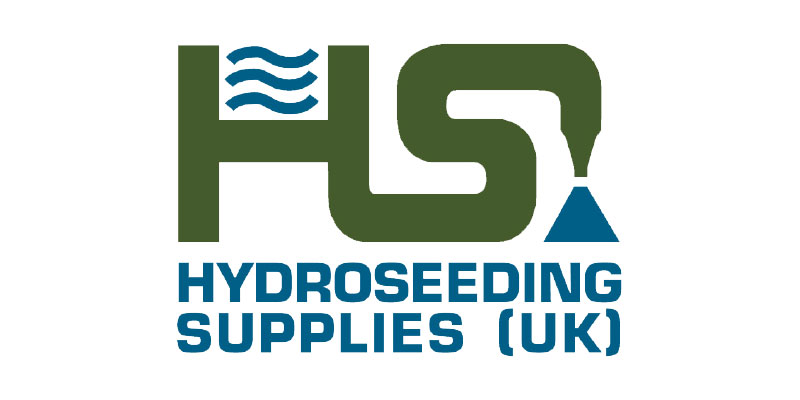How to attract and support pollinating insects

- Aim to have plants that are attractive to pollinating insects in flower from early spring to late autumn.
Seek plants at garden centres and nurseries having the RHS symbol pictured left.
Grow garden plants with flowers that attract pollinating insects.
- Avoid plants with double or multi-petaled flowers. Such flowers may lack nectar and pollen, or insects may have difficulty in gaining access.
- Never use pesticides on plants when they are in flower.
- Where appropriate, British wild flowers can be an attractive addition to planting schemes and may help support a wider range of pollinating insects.
- Observe the plants in your garden. If you know of plants with blooms that regularly attract insects, let the RHS know.
- Encourage bees by keeping honeybees yourself or allowing a beekeeper to place hives in your garden. Nest boxes containing cardboard tubes or hollow plant stems, or holes drilled in blocks of wood will provide nest sites for some species of solitary bees. Such nests are available from garden centres or you can make your own (holes/tubes should be in a mixture of sizes with a diameter of 2-8mm).
Some pollinator insect facts
- Britain has 25 species of bumblebees, of which about 11 commonly visit garden flowers.
- A honeybee hive can contain up to about 60,000 bees in mid summer and they can convert the nectar they collect into over 100 pounds of honey.
- There are about 260 species of solitary bee in Britain.
- There is a similar number of hoverflies, many of which have aphid predator larvae.
- Adult pollen beetles (Meligethes spp.) feed on pollen and are commonly seen in flowers in spring and summer.
- Butterflies and moths, with their long tongues (proboscis), can reach nectar in flowers that is inaccessible to short-tongued insects.
- Unlike humans, honeybees can see ultraviolet light and can detect patterns on petals invisible to us. The markings on the petals guide bees to the nectar-producing parts of the flower and bring the insect into close contact with the pollen-bearing structures.
- When foraging honeybees have located a good source of nectar or pollen, they can recruit other bees to visit the same flowers. A figure-of- eight-dance performed on the combs in the hive tells other bees how far and in which direction they need to fly to find the flowers.
Compiled by Andrew Halstead, RHS Principal Entomologist




